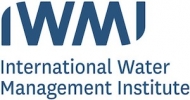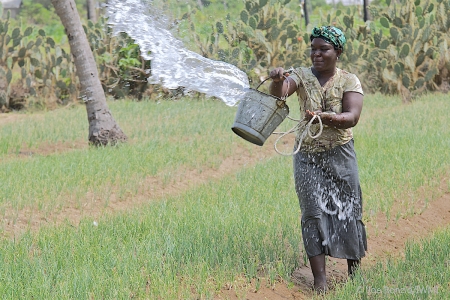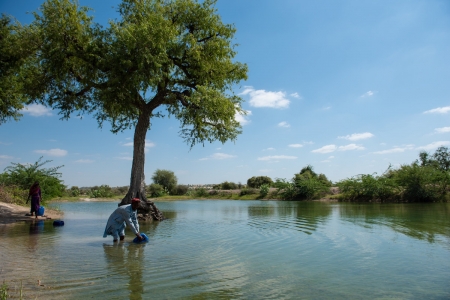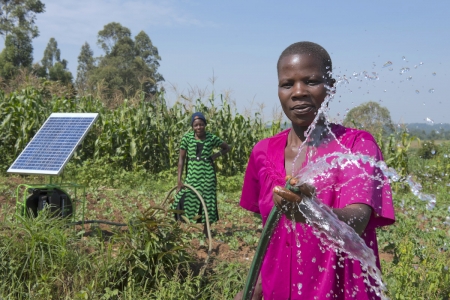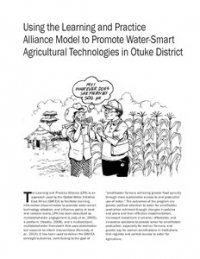The Goal of the Project is to “contribute to enhanced income and gender equitable wealth creation for smallholders and other value chain actors through increased and sustained market off-take of high-value livestock and irrigated crop commodities.” The Purpose of the Project is to “improve competitiveness, sustainability and equity in value chains for selected high-value livestock and irrigated crop commodities in target areas of four regions of Ethiopia.” The Objectives of the Project are: 1. To facilitate the identification, targeting and promotion of improved technologies and organizational and institutional innovations to develop the value chains of selected high-value livestock and irrigated crop commodities; 2. To improve the capacity of the value chain actors and of the support services at the different administrative (kebelle to national) levels to develop the selected value chains and respond to emerging challenges and opportunities; 3. To improve generation, access, flow and use of knowledge relevant to the value chains within and amongst the different administrative (kebelle to national) levels; 4. To generate knowledge through action-oriented research on, and synthesis of lessons learnt about, value-chain development; 5. To facilitate the promotion and dissemination of principles and good practices for the development of value chains. Some of the key principles that LIVES will work within include • Working directly with private and collective value chain actors to drive innovation and uptake of improved practices and to develop new market opportunities • To use a Business Development Services approach to capacity building wherever possible, thereby supporting key public and private organizations to sustainably deliver capacity services beyond the life of the project • Mainstreaming gender targeting in all project activities, beginning with project staff and processes, and focusing on value chains where women’s opportunities are strong • Using the best science available to identify, develop, and target project interventions to increase likelihood of uptake and impact.
menu

